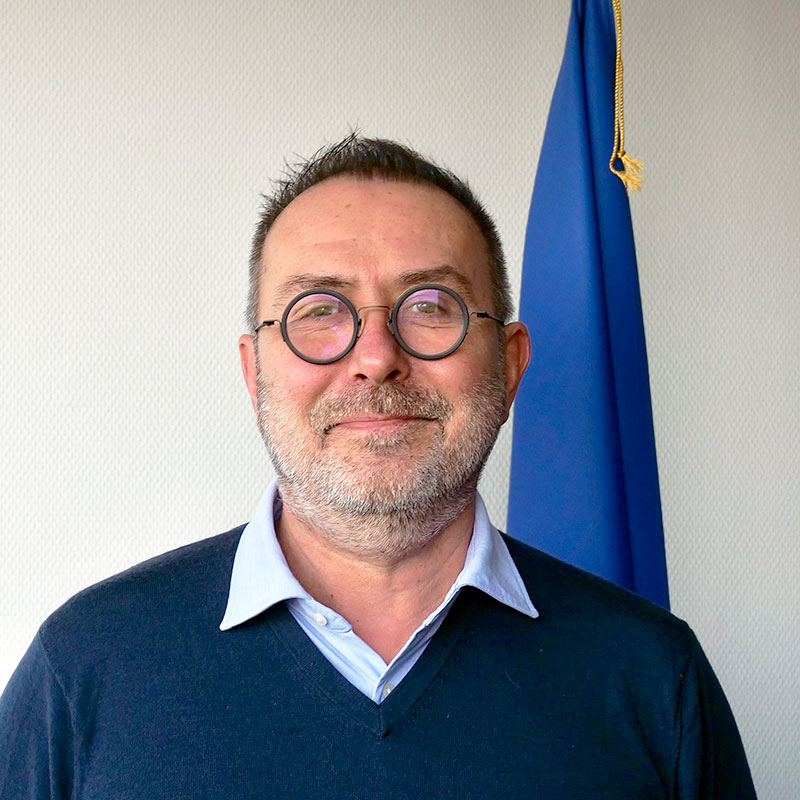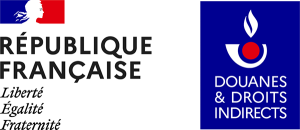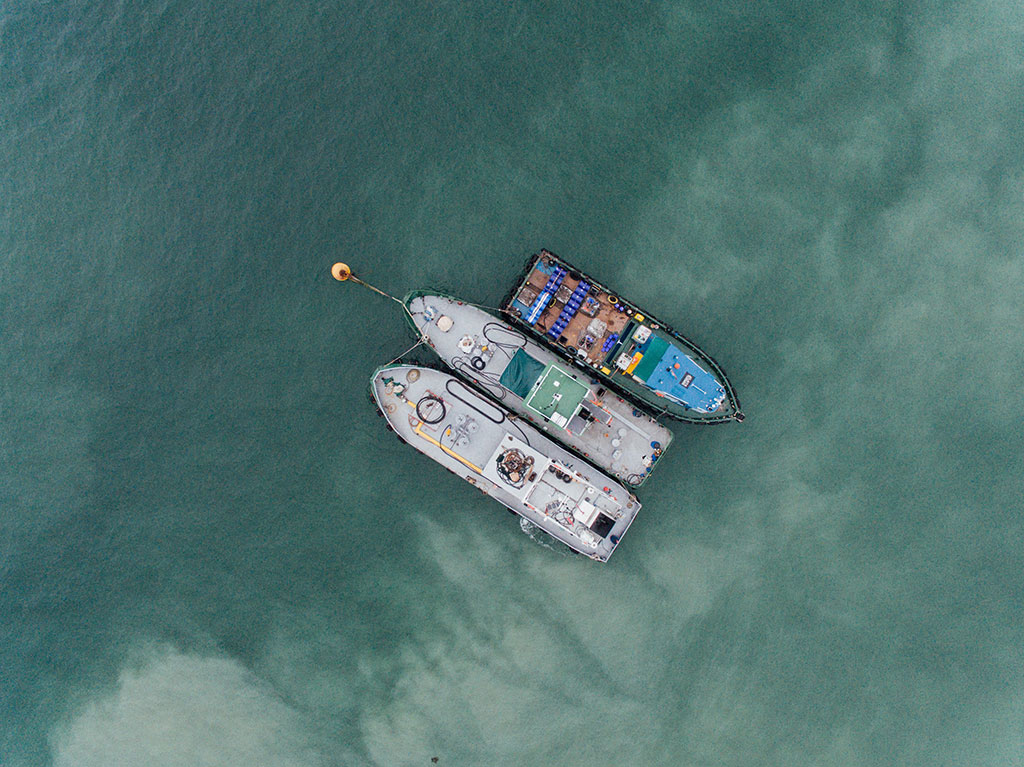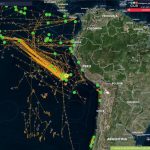← Back
French Customs rely on MAS for their daily missions

A powerful research and analysis tool, which enables French Customs to target vessels of interest, monitor their behavior and prepare customs operations.
The first maritime information analysis and fusion system for maritime surveillance, designed in close collaboration with maritime authorities worldwide, CLS’s MAS (Maritime Awareness System) real-time surveillance platform provides real-time surface imagery to support maritime operations and intelligence.
Pollution at sea, border surveillance, fisheries control or surveillance of sites of interest are major issues for maritime nations. French customs have just acquired this comprehensive satellite image analysis and data fusion system to shed light on maritime situations and analyze what’s happening at sea.

Patrick Roussel, in charge of “Operational Transformation” at the French customs’ national coastguard directorate, was kind enough to give us an insight into the day-to-day use of such a system, and to answer a few questions.
CLS: Hello Patrick Roussel, and thank you for agreeing to answer our questions. Could you tell us about customs and its missions?
Patrick Roussel:
“With a history spanning more than two centuries, and reporting to the Minister of the Economy, Finance and Industrial and Digital Sovereignty, the General Directorate of Customs and Indirect Duties is the administration of borders and goods.
The customs function is fundamentally regal. Every state in the world has the same need for customs: as soon as goods cross borders and circulate, the state needs to know about them, tax them, control them, intercept them and take statistics.
Customs’ identity is thus built around two pillars, which sometimes meet, but each constitutes a strong identity: the border and the goods.”
CLS: How do you see MAS, the CLS solution you’ve chosen to support your missions?
PR: “As I said earlier, customs’ identity is built around two pillars, which sometimes coincide, but each constitutes a strong identity: the border and the goods.
And it is here, of course, in support of these fundamental missions of knowledge, control and even interception, that satellite-based maritime surveillance comes into its own.
That’s why we entrusted CLS with the implementation of an adapted proposal, which resulted in the supply to the DGDDI (Direction Générale des Douanes et Droits Indirects) of a 24/7 maritime surveillance system, a powerful research and analysis tool, which enables us to target vessels of interest, monitor their behavior and prepare customs operations”.
CLS: How does using MAS help you in your day-to-day missions?
PR: “To meet all the challenges we face on a daily basis, such as the fight against drug trafficking and, more generally, all forms of contraband smuggling, we were looking for a solution to facilitate our services’ missions, shed light on the situation at sea, and provide decision-making support.
With vast maritime zones to cover, we unfortunately don’t have the gift of ubiquity. CLS provides us with an all-in-one means of real-time surveillance of our identified targets, for a wide range of missions and even in the most remote maritime zones.
MAS also enables us to detect suspicious trajectories or behavior at sea. Supported by powerful algorithms and AI, the solution highlights ships requiring advanced control among the thousands of vessels transiting our waters every day.
MAS also integrates satellite acquisitions, enabling us to enhance our knowledge of our maritime territory. The hundreds of satellites in service are constantly circling overhead, providing formidable radar, optical and radio-frequency coverage.”
CLS: Do you see MAS as eyes and ears from space?
PR: “Visual support from space will never replace the resources deployed on the ground. However, MAS enables us to sound the alarm and give precise direction to our ships and aircraft. The CLS solution is the perfect complement to our existing systems, and is now proving indispensable in our day-to-day missions to combat illicit maritime trafficking in drugs, arms and human beings.”

A focus on MAS
MAS is a real decision-making aid already used by several maritime nations around the world. CLS has taken advantage of the latest technologies to create the MAS solution, placing data at the heart of operational theaters.
With the MAS solution, CLS offers a unique platform for extracting critical information from heterogeneous data in the blink of an eye.
Knowledge and anticipation (AI, Big Data, satellites)
Thanks to the Big Data technologies deployed by CLS, the MAS platform collects, stores, processes and interrogates in real time a massive quantity of multi-source data (AIS, SAT-AIS, LRIT, VMS, optical and radar imagery, ELINT data, commercial databases, etc.). CLS draws on this wealth of data to develop unique algorithms based on machine learning and artificial intelligence techniques. Using these algorithms, MAS offers its users unprecedented functionalities dedicated to the analysis and detection of behaviors of interest.
From Brittany, home of the first VIGISAT satellite image reception station, CLS scans the ocean from space.
CLS’s VIGISAT station, based in Brest, is the world’s first civilian reception station for high-resolution satellite images. This is where data is received, decoded, analyzed, appraised and integrated. CLS has provided customs with R&D expertise to work in partnership on the continuous improvement of the MAS solution.
In Brest and Toulouse, more than 10 people are working on the software solution and artificial intelligence aspects.




